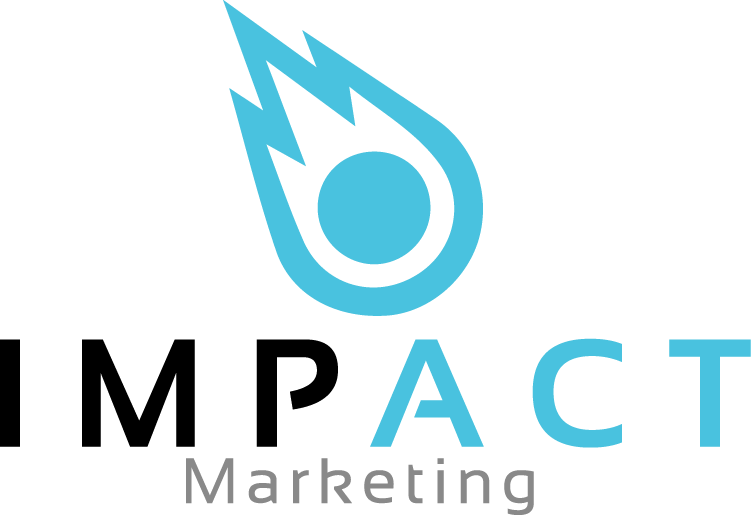Industry Terminology – Part 1 of 3 – Direct Marketing
Through operating in the direct marketing industry for many years, there are a number of different terms we use everyday. If you are unfamiliar with direct marketing, these terms can be completely alien to you. Therefore, we have put together this helpful glossary of industry terminology. We have split this terminology into three separate parts. The first of which we cover in this post. We have also written two further posts covering digital terminology and data terminology.
This includes a variety of terms and abbreviations commonly used when speaking of various marketing and data related services. As direct marketing encompasses multiple marketing methods and data techniques, there are many terms you may not necessarily be familiar with.
We hope this industry terminology is useful and helpful for you. If you have any questions, please get in touch and we will be happy to elaborate further.
What is Direct Marketing?
Direct marketing is a process of connecting directly with individuals and businesses based on specific, targeted criteria and demographics. It utilises many different methods such as email marketing, telemarketing, data lists etc.
What is a Niche Market?
A niche market is a smaller, more targeted area that a company focuses on selling its products/services to. Niche products tend to command a higher price as they are not a widely available item.
What is an SDM?
For business data lists, SDM refers to the Senior Decision Maker for a company. If you are promoting your products, you want to connect with the individual who has the final purchasing decision.
What is SMS Marketing?
SMS marketing is a method of using text messaging to connect with your prospects. SMS messages are short, concise pieces of information which usually include a special offer or discount code.
What is Direct Mail?
Direct mail is a term that refers to a postal marketing campaign. It involves designing, printing and posting marketing material to your target audience. A lot of companies offer mailing house services where they are able to arrange all printing and mailing of your marketing materials.
What is Prospecting?
Prospecting is a process of identifying new and potential customers for either your own business or for a client.
What is Lead Generation?
If you are looking to grow your business or increase your prospect list, a term you will hear is lead generation. This is a process where parties show an interest in your products/services and agree to be contacted again to find out more. When undertaking telemarketing activities, contact details are opted-in and passed onto the business so they can follow up on this lead. The ideal scenario is for this lead to then convert into a sale for your company.
What is Appointment Setting?
Appointment setting is similar to lead generation. However, a prospect gives a time and day for you to visit them and show them your products/services. Through specialist telemarketing services, a well trained caller can set high quality appointments for your sales team to convert into sales.
What is Lead Conversion?
This refers to the process of turning a lead into a sale for a business.
What is CPL/CPA?
CPL stands for Cost Per Lead. If you are undertaking a lead generation campaign, the marketing company may charge on a cost per lead basis. You will pay a set amount for each lead generated on your behalf.
CPA is similar but refers to a cost per appointment. These usually charge a higher price as it requires an additional commitment from the prospect. A successful CPA campaign requires a highly trained canvasser who can build rapport over the phone and encourage them to book an appointment.
What is Lead Scoring?
When you send out an email marketing campaign, all responses and interactions with the HTML are tracked. This includes who opens an email, clicks on a link and the number of times they click. With lead scoring, a record has a score which relates to how they interact with the email.
What is Return on Investment (ROI)?
ROI is one of the biggest concerns a business has when they are looking to undertake a marketing campaign. If you were to spend £1,000 on a marketing campaign and it raised £5,000 for your business, the ROI would be £4,000. The larger the ROI, the more successful a marketing campaign has been. ROI can sometimes be difficult to calculate precisely as many returns often come long after a marketing campaign has finished. This can be due to a person not being in a purchasing position at the time they received the marketing materials.
What is a HTML?
When speaking to someone within the marketing sector, you may hear them throw around the term HTML in a more casual sense. For example, ‘Your HTML/’Our HTML’ or ‘The HTML’. When they use the term in this way, they are referring to the marketing email for your campaign. Alternatively, they may refer to it as ‘Creative’ or ‘Artwork’.
What is Deliverability?
A common term in email marketing is deliverability. This is a process of checking an email at every stage to ensure it has the greatest chance of landing in your target audience’s inboxes. It involves many factors such as: internet providers, spam testing, wording, coding, data accuracy etc.
What is Spam Testing?
If you are undertaking an email marketing campaign, spam testing is a crucial element. Email marketing platforms run tests on your HTML. This looks at every element of the design. From the wording, to the images to the subject line. Your HTML is given a spam score. If the score is too high, the likelihood of landing in a junk box rather than an inbox is high. Companies run spam testing to counteract this issue before it becomes a problem. They are able to highlight any issues of concern and make changes to lower the score if necessary. When it comes to the campaign going live, your HTML will land in your target audience’s inboxes.
What is a Responsive Email Design?
Mobile and tablet use is ever on the increase. Responsive email design refers to the practice of making an email HTML compatible with mobile devices. This makes them easy to read through any platform and therefore, more successful as people are more likely to get in touch.
What is Personalisation?
Personalisation refers to including an individual’s name on marketing materials. These show to have higher open and interaction rates than non-personalised materials.
What is a Bounce?
Another email marketing term you may come across is ‘bounce’. Simply, this refers to an email that has not delivered to its intended recipient. A soft bounce occurs when an email is sent but does not land in the inbox. This can be due to the mailbox being full or the recipient’s server being temporarily down for example. However, a hard bounce occurs when the email address it is sending to is incorrect.
What is a Blacklist/Whitelist?
If a company constantly broadcasts emails that are high scoring on spam rating software, there is a very high chance they will be put on a blacklist. This dramatically affects a company’s ability to land emails in the inboxes of their prospects. Therefore, the aim of blacklists are to reduce and prevent the amount of spam emails out there and ensure the only emails you receive are legitimate. An internet service provider can block IPs, preventing their ability to send any emails.
A reputable email marketing company will be on a whitelist. This is the opposite of a blacklist where emails they broadcast land in the inboxes of their intended recipients. Part of becoming whitelisted rather than blacklisted is having accurate, opted-in email data and not emailing records too much so they do not become spam. For the benefit and safety of your business, always go with a whitelisted email marketing company.
What is Cross-Channel Marketing?
Cross-channel marketing is a process we explore in depth in another post. In short, it encompasses utilising multiple marketing channels to connect with your target audience. It gives them the flexibility of viewing your marketing material on their preferred platform. This therefore leads to high open rates and more enquiries coming through your sales team.
What is Lead Nurturing?
Lead nurturing is another process we explore further in another post. It involves connecting with your prospects on an ongoing basis, while providing new content each time. Your prospects learn more about your company with each marketing message. This builds trust and a relationship and makes the prospect more likely to convert into a sale further down the line.
What is Social Media Marketing?
A newer and increasingly popular form of marketing involves social media. Companies can have promoted adverts appear on the news feed of their target audience. They can also have company pages set up and managed for them.
Summary
We hope that this industry terminology has been helpful to you. If you want further information or clarification on any terms or marketing services, get in touch and a member of the team will be happy to help.

